Perk Up with 6 Tasteful Malaysian Drinks
Lighten your mood and rejuvenate your senses with 6 must-try Malaysian drinks!
Discover the authentic in Asian cuisine food

Thai food is an amalgamation of bold flavours and there’s nothing more enticing than savouring the traditional Thai snack, Miang Kham also known as “miang kham”, Miang kam, Miang kum. It is a delicacy wrapped in a leaf with many ingredients and is commonly found in the Laos region of northern Thailand.

Miang kham translates to “eating many things in one bite”-Miang (food wrapped in leaves) and kham (a bite). It is a popular street food in many parts of Thailand and the vendor places four or five ingredients in the leaf with a dollop of sauce, and then wraps up the bundle and skewers it onto a stick.

The leaf used for making Miang kham in Thailand is bai cha plu (wild pepper leaves) and is usually mistaken for betel leaf since it looks very similar to it, but has a strong taste with a slightly bitter and pungent smell.
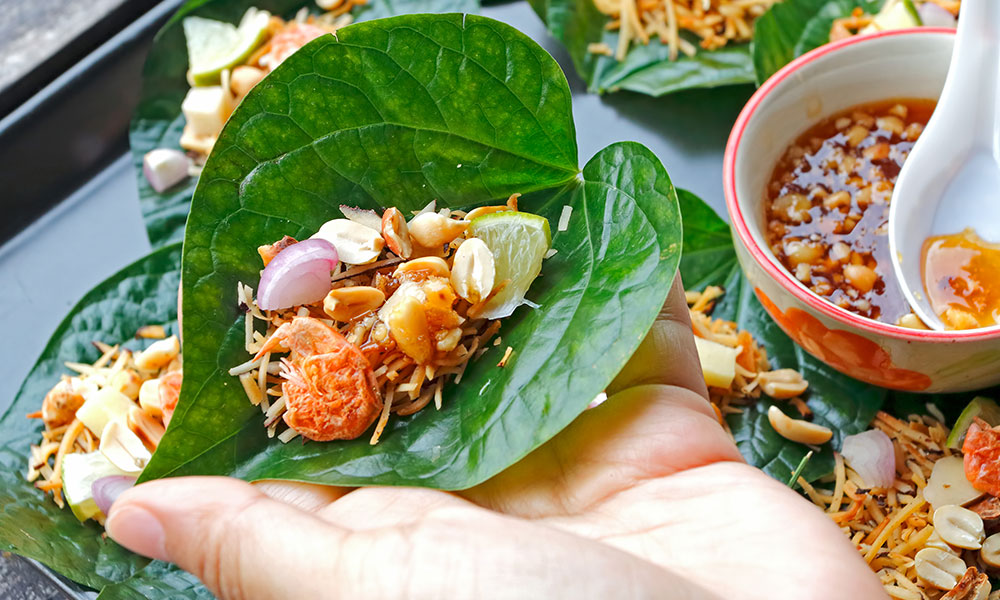
The ingredients used in making Miang Kham have the 5 key fundamental flavours central to Thai cuisine. The bai cha plu leaves have a bitter taste, while the chilli has spicy flavour, the sourness of lime wedges, the sweetness of coconut and a hint of saline taste with the shrimp.
It is quite popular at the Chatuchak Market in Bangkok and comes in various combinations.
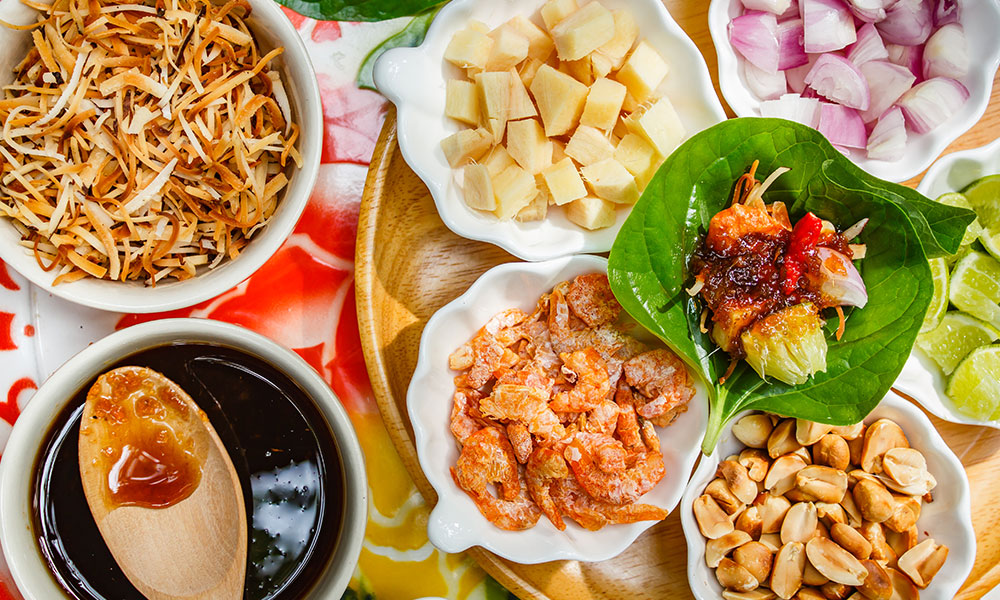
The recipe requires a great deal of preparation, but every minute of your time spent on making it is worth it. The assortment of freshly roasted coconut, the juicy and spicy ginger, fresh bitter leaves, the aroma of roasted peanut, the zesty lime and the fierce chilly brings out a wonderful flavour.
The best and the easiest way to enjoy Miang kham is to have it at a local Thai restaurant filled with an array of Thai flavours—hot, sour, salty, and sweet that stimulate the taste buds making you crave for it!
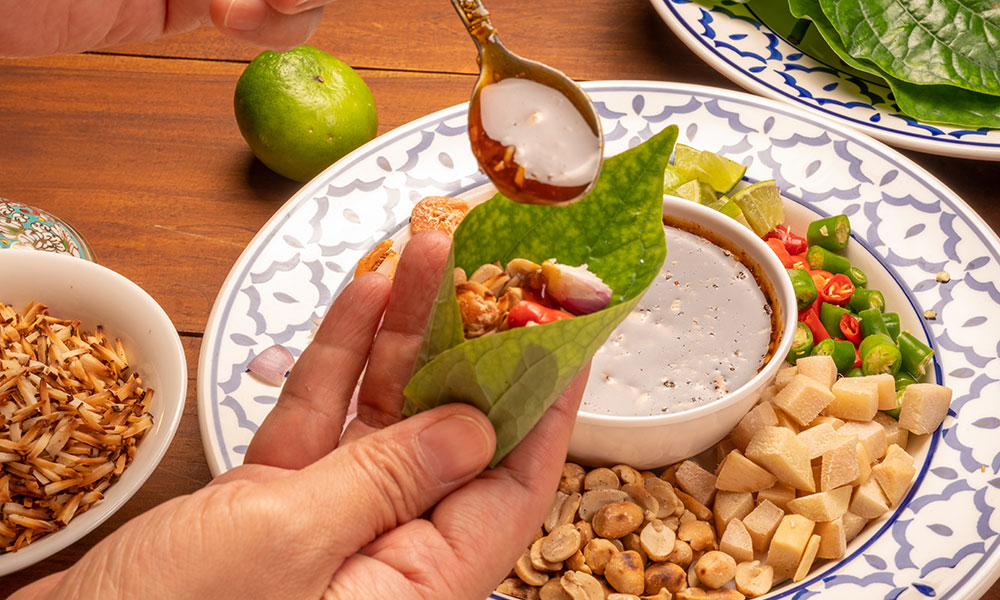
Miang Kham has an assortment of ingredients that have medicinal benefits. It aids in absorption, because of its excellent digestive properties. Ginger and lime cut down the extra fat and oil, while coconut is used to neutralize the bitterness and sour flavours of ginger, while chilly ensures smoother digestion. The sauces are used as a flavouring agent and the pepper leaves fight against cold, cough and sore throat, it also helps in treating bad breath and constipation.

Sometimes lettuce and Chinese broccoli leaves are used in place of the bai cha plu leaves, however, the taste is not the same.
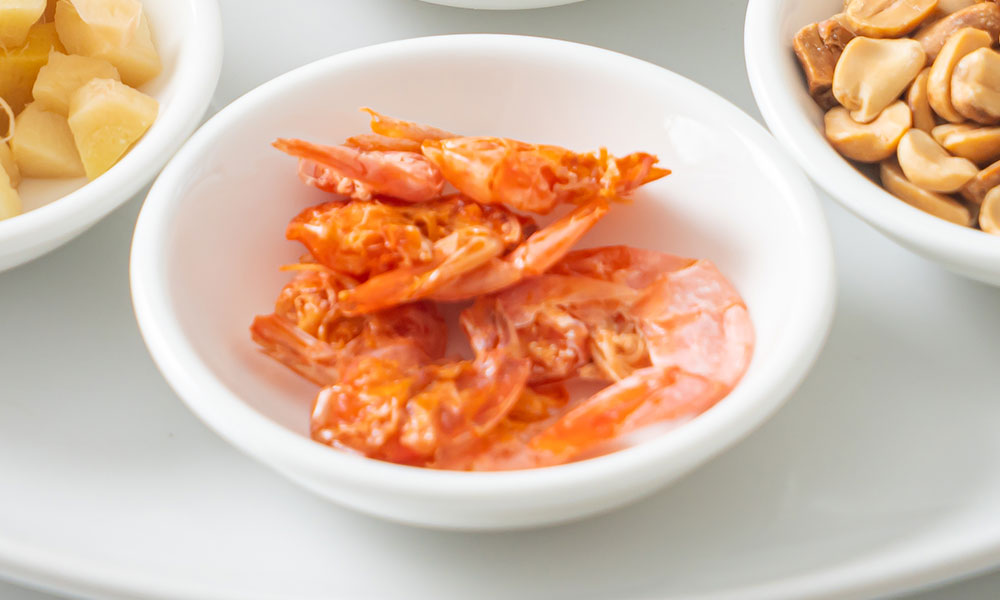
Dried shrimp is also used in Miang Kham which adds a saline flavour to it, but if you are a vegetarian you can skip using shrimp.
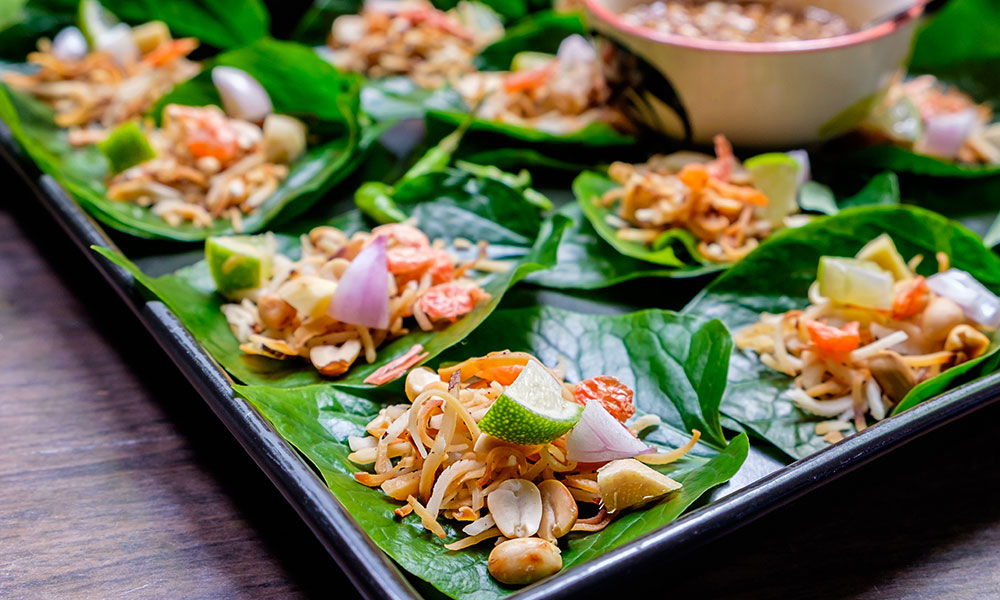
All in all the Miang Kham makes for a great party food and appetizer with a punch of Thai flavours wrapped in a leaf. Don’t you ever miss tasting them while in Thailand.

Lighten your mood and rejuvenate your senses with 6 must-try Malaysian drinks!

Pair your hearty barbecues with these refreshing Asian delights!

What are the properties of ginger, and how to pick, store and use ginger in your cooking? Find out here!